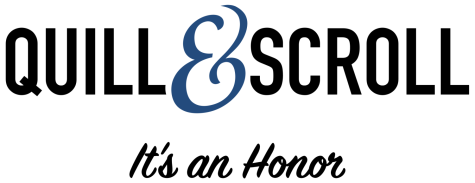Research
Thanks to Bruce E. Konkle, Associate Professor at University of South Carolina School of Journalism and Mass Communication, we are happily presenting a collection of citations to help those interested in scholastic journalism research. Professor Konkle’s collection is one of the most extensive collections available.
The “Books & Articles” file has more than 2,800 inclusions; the “Research Papers” file has more than 400 inclusions; and the “Theses and Dissertations” file has more than 1,000 inclusions. That’s more than 4,200 bibliographic citations all involving scholastic journalism in some way. By visiting these links you can either scroll through, or search the collections to find interesting and helpful works that will hopefully introduce a new world of journalism to you.
In addition, for 2018, we’ve added a list of known Scholastic Media Organizations and origin dates for high school publications going all the way back to 1777 — yep, the 18th century — and the first publication of the Student Gazette in Philadelphia, Pennsylvania.
We hope that by including these documents on our website, we are enhancing the mission of this society as well as being an immense help to present and future researchers. We will, however, continue to develop this section to further help those who appreciate scholastic journalism.
Taking the Lede: Colorado Edition
In 2015, CU News Corps students at the University of Colorado Boulder took on the chore of creating a documentary film that would encapsulate the triumphs and tribulations of scholastic journalism in the Centennial State since the passing of its Student Free Expression Law in 1990. The result of their effort was this 45-minute documentary that won a 2016 Best of Competition Award at the BEA Festival of Media Arts in Las Vegas.
In 2016, the Colorado Student Media Association created a Study Guide and a curriculum to help journalism teachers incorporate the film into their lesson plans. It can be used to teach news gathering skills, journalistic ethics, the First Amendment, inclusion and a host of other topics. Though it tells the stories of student journalists in Colorado, the lessons can be applied to any state, whether it has an anti-Hazelwood law or not.
